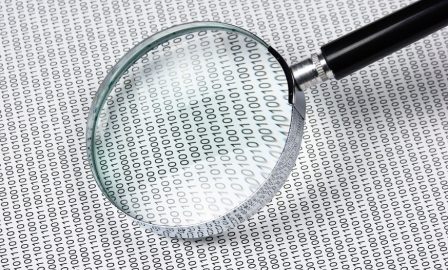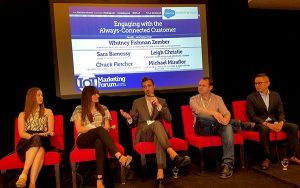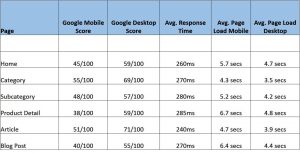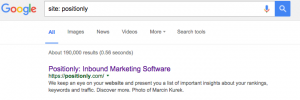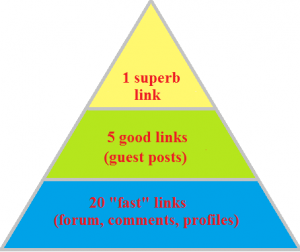
In today’s data-driven world,you can track everything from flight risks to staff smiles but, according to Workforce, unless that information is actionable and informative, “big data is just a fancy phrase for another report that no-one is going to use.”
And when it comes to the talent selection process, hiring and retention issues can be the bane of businesses of any size. But is it possible that you might be too focused on the big picture when your recruitment model might benefit from a more intimate point of view?
What Is Small Data?
Conventional wisdom might say you need to keep your eye on big data trends in just about every aspect of your business. However, in talent acquisition, “big” data are oftentimes just that: big to a fault.
Author and San Jose State University Professor, Ahmed Banafa, on the other hand, explains, “Small data is data in a volume and format that makes it accessible, informative, and actionable.” He goes on to detail that small data connect people with timely and meaningful insights that are derived from big data. These insights are then (usually) visually organized and packaged to be accessible, understandable, and actionable for everyday tasks.
Small data are, essentially, charts and projections created from big data. Just about every Fortune 1,000 organization has petabytes of information scattered across their enterprise, so big data are nothing to brag about. But small data provide an incredibly useful tool in building streamlined and successful talent selection efforts.
In a talent acquisition, small data can help organizations develop strategies that:
- Link compensation to innovation and success.
- Use recruitment channel analytics to find out where your best human capital comes from.
- Use risk-weighted value assessments to analyze talent decisions.
- Use surveys and staff satisfaction scores to reduce staff churn.
- Measure your average time-to-fill and quality-of-hire ratings.
- Identify gaps in your talent acquisition strategy.
- Measure staff motivations such as commitment, stimulation, flexibility, and autonomy.
Hiring and performance metrics undoubtedly play a pivotal role in driving your talent acquisition strategy forward, but can quickly suck the soul out of an organization if they don’t foster and engage the talent you discover.
In essence, while big data take a bit of the “human” out of HR, collecting small data can result in much more usable information for HR professionals, without the need to pore over huge amounts of information. In an area such as talent acquisition, small data can perfectly complement the hiring process.
HR Metrics and Analytics Use and Impact: The Benefits of Small Data
Unlike most big data collection processes, small data collection involves a clearly defined set of objectives. In terms of HR metrics and analytics use and impacts, there are several benefits of small data collection versus big data collection.
1. The Data are More Manageable
As mentioned before, one of the prime benefits of small data collection is that it is more manageable than big data collection. This makes it an affordable and effective way to utilize hiring analytics in acquisition process.
2. The Process Provides the Ability to Track Specific Data
Small data collection is a quick and easy method to track and analyze specific amounts of data. Your HR department does not have to gather large amount of data to obtain the information it needs for insightful hiring analytics. Rofus Pollock, of the Open Knowledge Foundation, stated, “Size itself doesn’t matter – what matters is having the data, of whatever size that helps us solve a problem or address the questions we have.”
3. Small Data Help Predict Future Performance
Small data also are better at predicting future performance, since the focus is on real-time data collection. Author and branding expert Martin Lindstrom puts it this way: “Big Data analyzes the past – and thus is rarely able to predict the future. Small Data explores untouched terrain – and thus is better able to discern and predict new trends.”
The Perfect Mix
Many HR departments spend years collecting and storing big data, only to realize that a huge chunk of this information is not useful. In terms of making the day-to-day decisions that impact the long-term success of your business, small data are both easier to manage and more useful in providing valuable hiring insights.
Edward E. Lawler, III, author and HR expert, explains HR managers can begin the process of utilizing small data and hiring analytics by developing a clear description of the skills needed to achieve the company’s goals and then determine how prevalent those skills are both inside and outside the organization.
By doing this, your HR team can more easily decide which types of small data should be collected. This will help you determine which recruiting strategies, talent assessment strategy, interview techniques, and onboarding assessments will allow you to collect the small data you need, as well as how to use hiring analytics to make sound hiring decisions.
Business & Finance Articles on Business 2 Community
(22)
